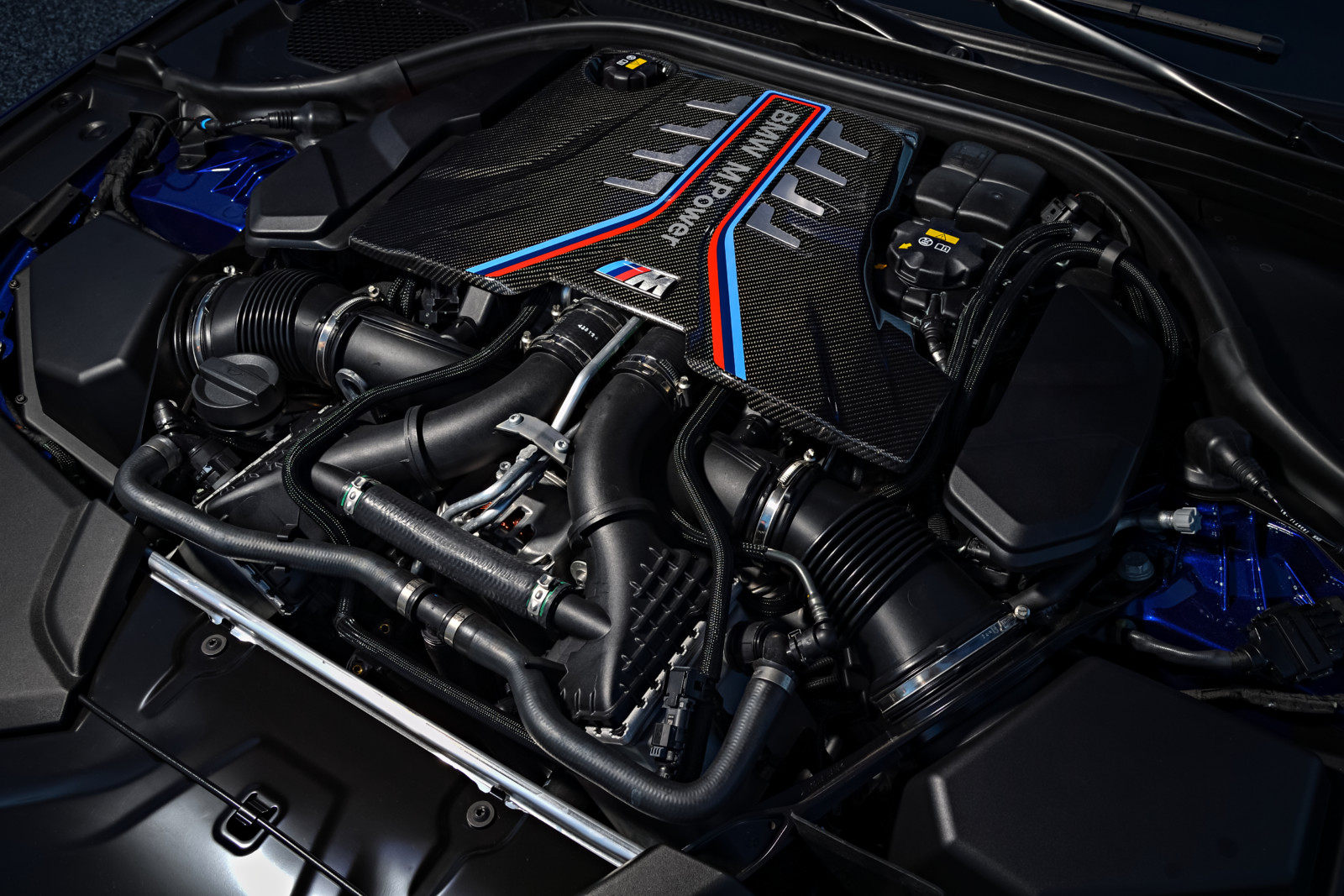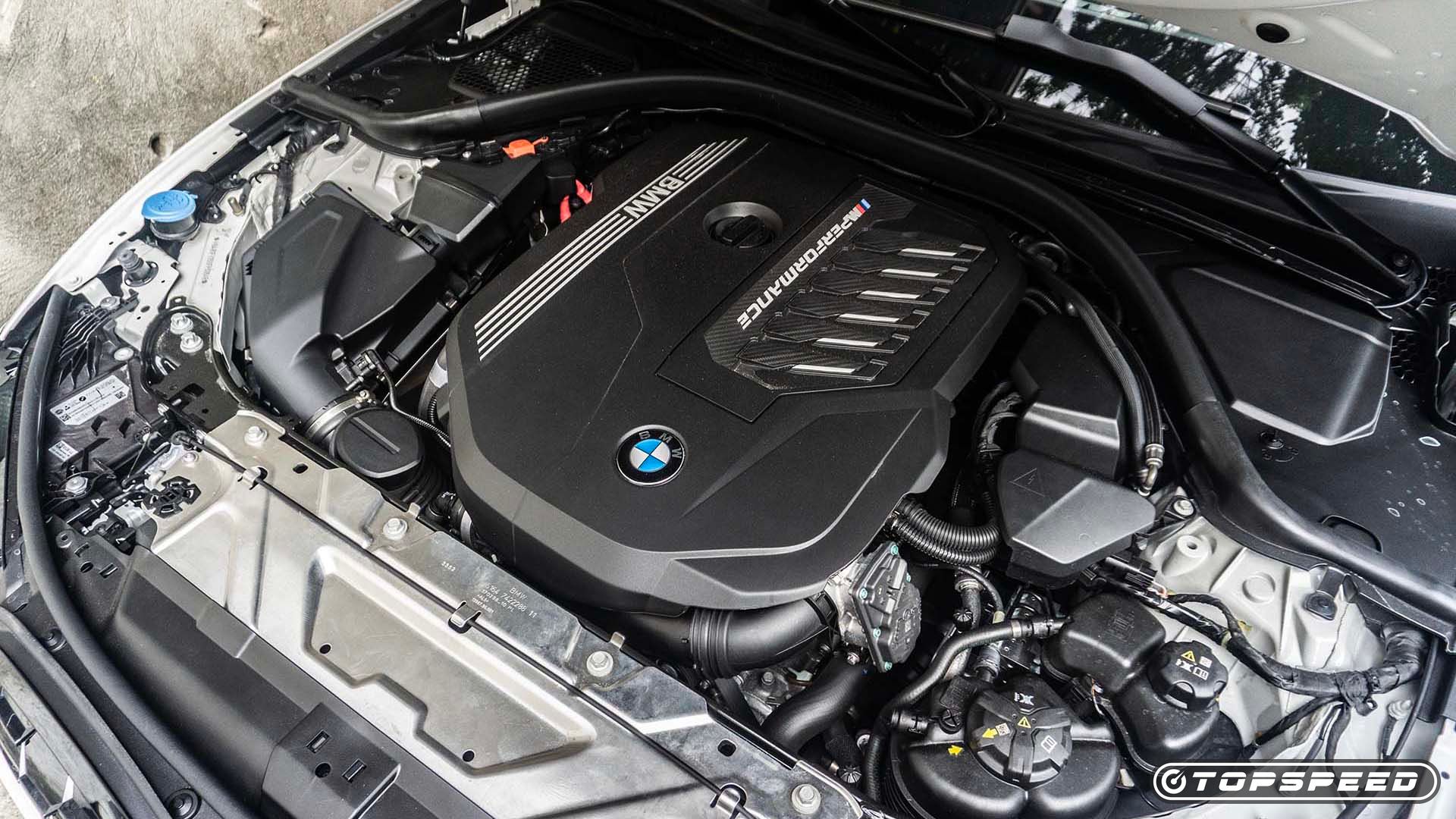Exploring the Evolution of Burning Engines in Modern Transportation Equipments
As we browse the landscape of contemporary transportation, the evolution of burning engines stands as a testament to human resourcefulness and design prowess. The interaction of history, innovation, and environmental problems in forming the trajectory of combustion engines creates a story that is both informative and compelling.
Early Beginnings of Combustion Engines
Just how did the concept of burning engines initial emerge in the very early phases of transportation advancement? The origins of combustion engines can be traced back to the 17th century when the concepts of inner combustion were very first discovered.
The advancement minute came with the creation of the initial successful gasoline-powered engine by Karl Benz in 1885 - bmw engine. This engine led the way for the development of the modern car, revolutionizing transportation systems worldwide. Succeeding technologies by Nikolaus Otto and Gottlieb Daimler additionally improved burning engine innovation, bring about the mass production of vehicles and the fast development of the transport industry
These early burning engines were characterized by their simplicity and performance, laying the foundation for the complex and effective engines made use of in modern-day transport systems. The advancement of burning engines has actually contributed in shaping the means we take a trip and transport items, noting a substantial landmark in the background of transport advancement.
Change to Internal Combustion Technology
The change to inner burning innovation marked a pivotal change in the development of transport systems. This change began in the late 19th century, with creators like Nikolaus Otto and Gottlieb Daimler developing the initial effective interior combustion engines. These engines changed transport by providing a more powerful and reliable option to steam engines and electrical motors.
One of the key benefits of internal burning engines was their capability to be reduced to match cars, leading to the growth of vehicles and motorcycles. This change from bulky, fixed engines to compact, mobile ones paved the way for the contemporary transportation systems we see today.
The shift to internal burning technology additionally spurred innovations in fuel modern technology, bring about the development of fuel and diesel as primary fuel resources for automobiles. This shift not just made transportation extra easily accessible to the masses but likewise laid the structure for the oil and gas market to come to be essential to international economies.
Effect of Combustion Engines on Transportation
The adoption of burning engines in transport systems catalyzed a profound change in the efficiency and speed of worldwide flexibility. Combustion engines reinvented transport by offering a trustworthy and versatile resource of power for various automobiles, consisting of vehicles, vehicles, airplanes, and ships. This development substantially boosted the ability for people and goods to move over fars away in shorter amount of time, causing raised connection in between areas and nations.
Furthermore, the widespread use combustion engines has had a considerable influence on financial growth. The capacity to transfer goods efficiently has stimulated profession and commerce, permitting businesses to increase their markets and get to customers worldwide. This has helped with financial development and globalization, as products can now be transferred faster and in larger Get More Information amounts than in the past.
Nevertheless, the environmental impact of burning engines can not be forgotten. The burning of nonrenewable fuel sources has led to air contamination and greenhouse gas discharges, adding to climate adjustment and presenting health find and wellness risks to populaces. bmw engine. Therefore, there is a growing emphasis on creating alternate propulsion technologies to mitigate these adverse impacts and create an extra sustainable future for transport
Advancements in Burning Engine Style
Various advancements in burning engine design have actually pushed the evolution of transport systems over the decades. One remarkable advancement is the growth of turbocharged engines, which use exhaust gases to drive a wind turbine that compresses inbound air, permitting for more gas to be burned, leading to increased power outcome without a substantial boost in engine dimension. Additionally, straight injection innovation has enhanced gas efficiency and efficiency by precisely managing the quantity and timing of fuel infused into the combustion chamber. Variable shutoff timing systems have likewise changed engine design by enhancing air movement at different engine rates, boosting both power and effectiveness. An additional significant improvement is the assimilation of lightweight materials such as carbon fiber and light weight aluminum alloys, lowering overall engine weight and enhancing lorry gas economy. Developments in computer-aided style have actually allowed designers to maximize engine efficiency and performance via simulations prior to physical models are built, conserving time and sources in the growth procedure. These innovations collectively add to the continuous enhancement of burning engines in modern-day transport systems.
Future Patterns in Combustion Engine Growth
With modern technology developments driving continual development, the future of burning engine development is positioned to revolutionize transportation systems internationally. One of the key patterns in burning engine development is the press in the direction of greater effectiveness and lowered discharges.
An additional prominent pattern is the fostering of hybrid technologies in combustion engines. Crossbreed engines combine conventional combustion technology with electrical power, offering enhanced fuel efficiency and reduced emissions. As the auto industry changes in the direction of electrification, crossbreed burning engines are viewed as a transitional option that links the void between conventional vehicles and fully electric ones.
Additionally, the assimilation of smart innovations, such as expert system and information analytics, is anticipated to play a considerable role in the future of burning engine development. These technologies can optimize engine performance in real-time, causing find out a lot more reliable combustion processes and enhanced general car efficiency. Welcoming these future trends will not just drive advancement in combustion engine growth yet likewise contribute to a much more ecologically friendly and lasting transport ecological community.

Verdict
To conclude, the development of combustion engines in modern transportation systems has been marked by considerable advancements in modern technology and layout. From the early starts of burning engines to the change to inner burning modern technology, these engines have actually had an extensive effect on transportation. Advancements in combustion engine style remain to drive progress in this field, with future trends focusing on further improving performance and lowering exhausts. The future of burning engines in transportation looks promising as research and development initiatives remain to push boundaries.
The roots of combustion engines can be mapped back to the 17th century when the principles of inner burning were first discovered. These engines reinvented transportation by offering a much more effective and effective choice to heavy steam engines and electrical motors.
